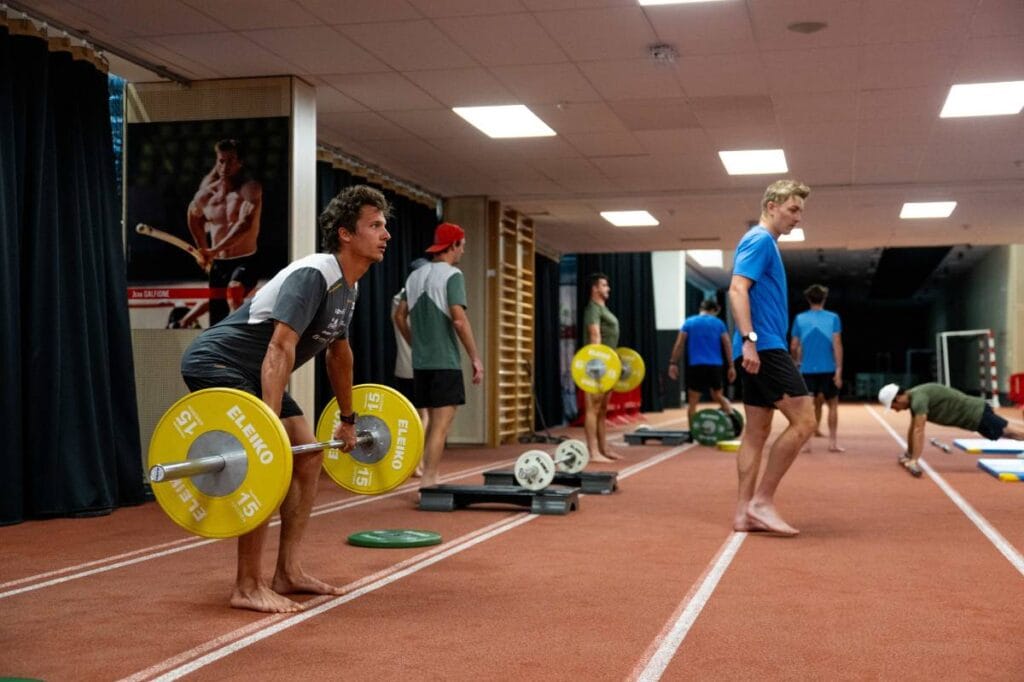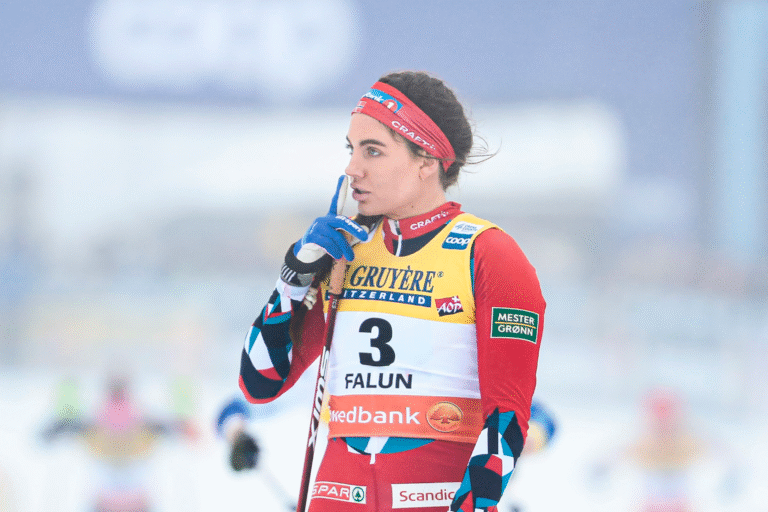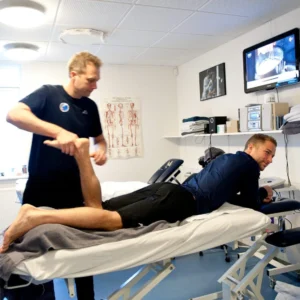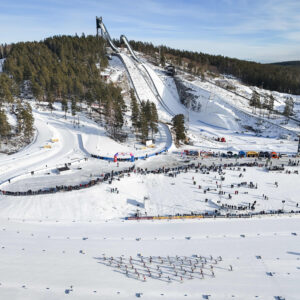Build your personalized training plan – Part 2: How to train when you have more time
You don’t have much time to train, but you still don’t want to give away your spot in a race without a fight? Want to beat a friend or improve your personal best? We all have our challenges, but also limited time to prepare. Plan your training week to be as effective as possible, and watch your performance improve.
Last week, we explained the difference between the training capacity of professional athletes and the reality of recreational athletes—people who would love to train seriously but must pace themselves. We focused on those who can only train twice a week. But what if you have more time and energy? How should you then build your training plan?
Read the Previous Article – Build your personalized training plan – Part 1: Train smart with limited time
Training three times per week
Three training sessions per week mainly help you maintain your current fitness level, but you can still make progress, especially if you focus on speed and strength.
1 – Endurance
Include one endurance session. Roller skiing is less damaging to your musculoskeletal system than running, making it the recommended method again. While cycling is also a great endurance tool, it doesn’t activate as many of the muscle groups specifically needed for cross-country skiing, and it certainly won’t help you build strong abs, shoulders, or the back strength you’ll need during winter.
2 – Speed
Speed and explosiveness tend to fade with age, so they deserve extra attention. If you’re finishing your prep phase in the fall before winter, it’s okay to include two speed sessions a week. One should focus on intervals, the other on sprints.
Important: Only do sprint workouts when you’re feeling well-rested. A tired body won’t deliver max effort, and you’re more prone to muscle injuries. To avoid tripping on roots or uneven ground, go to a running track. Warm up thoroughly with light jogging and drills before you start sprinting.
You might be surprised at how tough ten 100-meter sprints can be. Or try alternating 100m and 200m sprints with 100m jog recoveries, repeating the whole set 10 times. Initially, cut that volume in half or expect sore muscles the next day if your body isn’t used to sprints.
3 – Strength
If you haven’t used up all your available time on endurance and speed, add a strength session. Visit the gym, preferably with guidance first. An instructor can correct your form and suggest what to focus on.
You can train using your body weight or with weights. Both are effective, so you can include both types during the same week or even combine them in a single session.

Warm up properly before strength training, running, or cycling is a good start. After your workout, cool down with a light jog or mobility work to support recovery.
Also Read: Annual training cycle and its planning
Training four or more times per week
If you can train four or more times a week, your fitness should steadily improve. For working adults, however, training more than six times a week isn’t advisable. Dedicate at least one day to complete physical and mental recovery.
Keep in mind that six sessions per week is a significant load on the body, especially without a coach to monitor you and prevent overtraining. Also, factor in your age. For most working adults, 4–5 training sessions per week are optimal to achieve quality without overdoing it.
What to include?
Your weekly plan should consist of:
- Endurance: 1–2 times/week
- Speed: 1–2 times/week
- Strength: 1–2 times/week
Variety is key. Keep your training plan diverse so your body doesn’t get too used to one type of stress. Varying the stimuli not only drives progress but also helps prevent muscular imbalances.
As fall approaches, you can increase the number of high-intensity sessions, but no more than two speed-focused workouts per week.
Roller skiing is strength-oriented, so the more frequently you do it, the more fatigue you may carry into your gym sessions. If you roller ski twice a week, one strength session may be sufficient. If you only roller ski once a week, feel free to add more strength training.
Related Article: Setting SMART goals for the summer training season
Double poling ergometer
If you own a double poling ergometer, you can follow the same approach to mix in strength training. When it’s rainy and cold in October or November, heading outdoors can feel unappealing. But a good Ski Classics Pro Tour event on SC Play can help pass the time during an hour and a half indoors.
You can even do structured intervals on the ergometer to make the session feel shorter and more productive.
Can’t run? No problem.
Try mountain biking or get a pair of skate roller skis in addition to your classic ones. Just be careful on roads, as skate roller skis take up more space; it’s best to stick to bike paths rather than riding in traffic.
Read More: Train smarter, not harder: How to optimize your ski training
Are you interested in training for long-distance and traditional cross-country skiing? Click HERE and read more about it.










